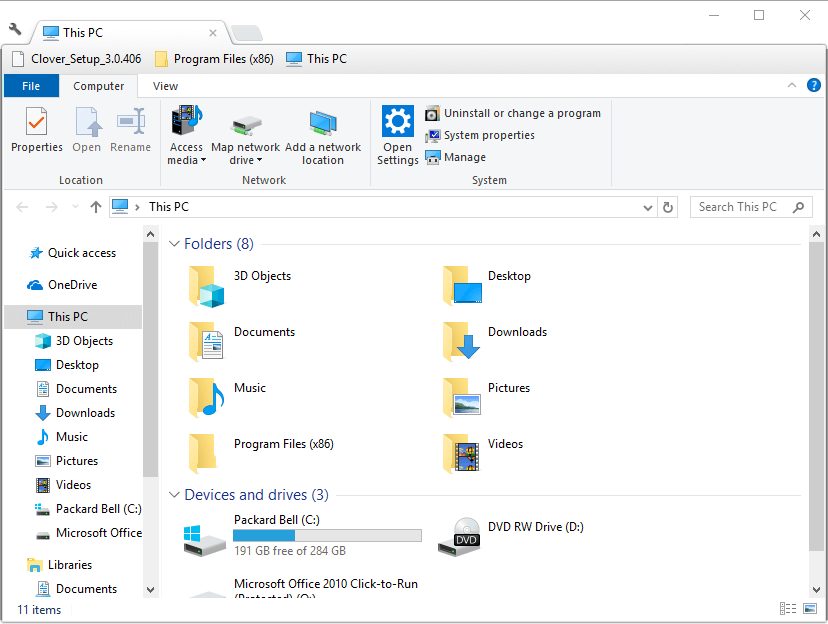

#WINDOWS 10 LOST FILES AFTER UPDATES HOW TO#
Sometimes, the backup data gets corrupted due to the presence of bad sectors in Windows drives, this can be eliminated if you know how to fix and repair bad sectors in Windows. If you have created a restore point before the upgrade, then it’s convenient to recover all your files by just going back to the previous version. Restore Previous Windows version from Backup and Restore. Click the “Set up backup” to back up your files.In Control Panel, reach System and Security > Backup and Restore.For Windows 7 to any higher version upgrade, here is how you can back up your entire data to the System Restore Point. If you have already created a backup for your files, then it’s very effortless to restore files even after upgrading your Windows environment. Allow access to Windows 10 Administrator accounts.īack up your data before upgrading to any version of Windows.Recover Windows data from “Windows.old” Folder.Restore Previous Windows version from Backup and Restore.Back up your data before upgrading to any version of Windows.
#WINDOWS 10 LOST FILES AFTER UPDATES UPDATE#
Some of the standard manual approaches to recover data after Windows update are listed below: Recover Formatted Data After Windows Upgrade– The Manual Approach Now, you are aware about all the possible risks of losing data, it is time to discuss methods to recover lost files after Windows update. Data loss can occur due to a Windows update or corruption in drives, in such scenarios you must know how to restore files from corrupt drives Keeping your data in C: drive makes it more prone to deletion. Also, there are cases where users tend to keep some of their important files in C: drive, a version update can delete those files permanently from your system. Sometimes due to configurational changes or unexpected situations, some of the documents, pictures, and other important data may get deleted from your local drives. However, the version update doesn’t affect the data on local storage drives such as D or E. In simple terms, a version upgrade formats the C: drive completely to add new system files that are going to be used by the newly upgraded platform. Whenever a new version is updated, the existing system files on the C: drive gets replaced with the new files associated with the updated version. This scenario, however, is not necessarily true every time you update your Windows machine. If you are upgrading your Windows platform either with an updated release- Windows 11 being the latest one or with any other previous versions, you might lose some of your valuable data immediately after that update.


 0 kommentar(er)
0 kommentar(er)
